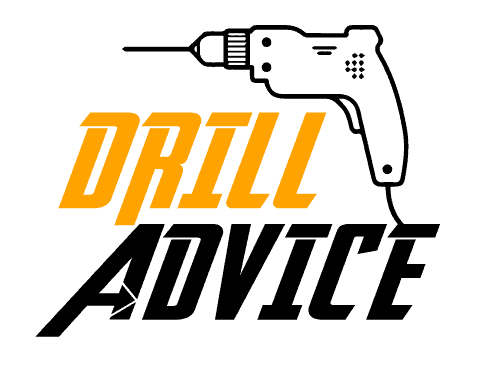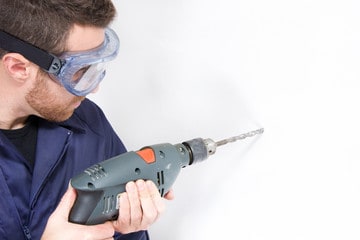Walls are constructed using different materials. Some are harder, and some are soft. So you should be careful when you drill walls using drills. Most of the walls are made with bricks, So do you know how to drill into bricks? Here is the guide for that. This will explain you everything to you from the beginning.
When you drill, you should select proper drills and drill bits. Then there are 06 steps you should follow for a successful drilling process. You had better go through this guide.
1. Select the Suitable Drill for Bricks
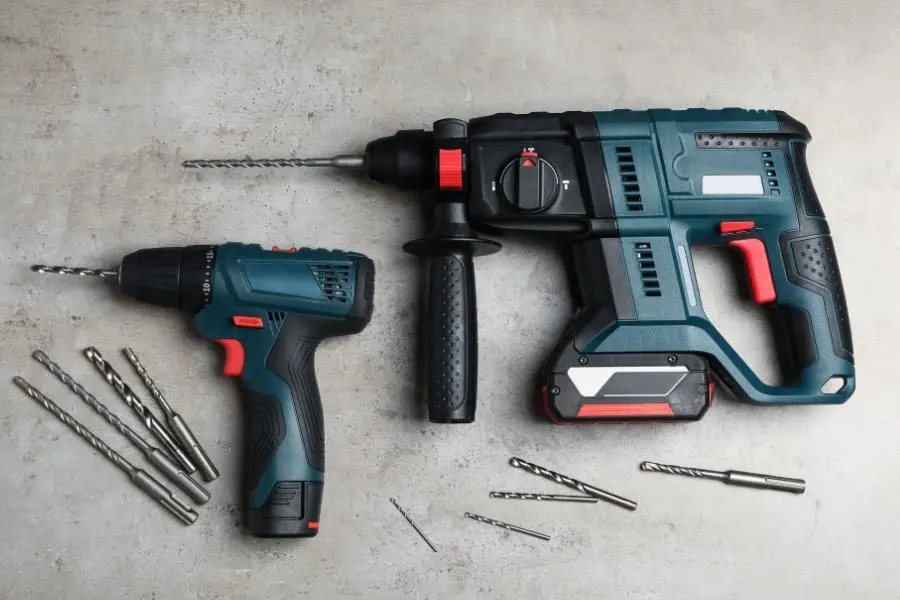
There are plenty of drills available in the market right now. So which one is the best tool for your task?
I have prepared a guide How to Choose the Right Drill Machine? That will help you to choose the drill easily.
Types of drills such as hammer drills, combi drills, and SDS drills are the main used drills in the market. Among that, you should know which is the best for you. I will explain each with usage here.
- Hammer Drill – Hammer drills are the combined action of hammering and rotation. This hammering action is essential for hard material drilling such as brick, concrete stones, etc. The hammering action is along the drill bit, and it makes easy to drill through hard material. There are limitations due to less power.
- Combi Drill – Combi drills are with combination of 3 mechanisms. Drilling, hammering, and rotation are them. This is a bit more weight and cost rather than considering a hammer drill and impact driver.
- SDS Hammer Drill – This is used for extremely heavy-duty jobs. This is used for drilling concrete with rebars and even use for chisels. This is suitable for the construction site project.
Considering all factors, you can realize the best drilling tool is a hammer drill for domestic and DIY projects.
2. Select the Suitable Drill Bit for Brick Drilling
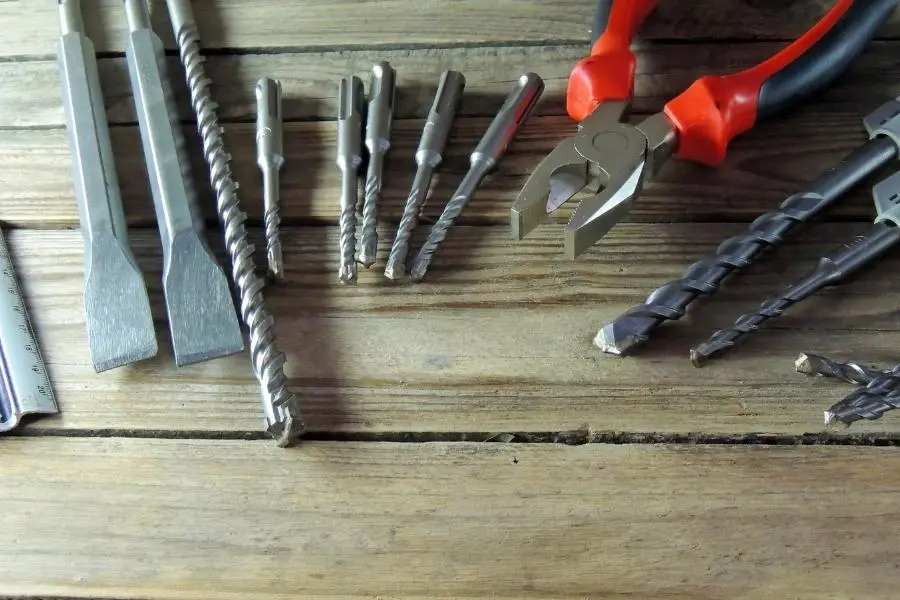
You should choose a masonry drill bit is a drill bit for drilling into a brick due to its specific design for hard materials like brick, concrete, and stone. The masonry drill bit tip is typically made of durable tungsten carbide. It is capable of withstanding the friction generated from drilling into bricks. Additionally, the fluted shaft design of the bit allows for efficient debris removal, ensuring a cleaner hole and reducing the effort required to drill.
These bits are versatile and can be used with both regular hammer drills and SDS drills. They also come in a wide range of sizes for different hole requirements and are highly durable, lasting a long time even with regular use on hard materials.
I have prepared a step-by-step guide for concrete and stones. You can follow it to drill concrete and stones successfully.
3. Prepare the Brick Drilling Area and Wear the Safety
When you are going to drill into brick, you should prepare the area as you can use a drill. If your tool is corded, provide the power cord. When you prepare the area, make sure the depth of the drill you need to drill. As well as make sure the drilling area is free of wires, plumbing, or any rebars inside the drilling depth.
- You may need to drill through the brick also, Therefore make sure the length of the drill bit. If the length is not enough, you had better use another drill bit with enough length.
- Normally you will need a pilot hole for large-diameter drill bits.
- You should punch the drilling point with a nail or something in order to position the drill bit without slippering here and there. Normally brick is not wide more than 6″.
- Considering the drill bit make sure whether a bit is with sharpening and with suitable angles as well as pre-test the hammer drill with its speed.
- You should wear goggles, gloves, and a helmet. If there is any other special safety equipment should be worn.
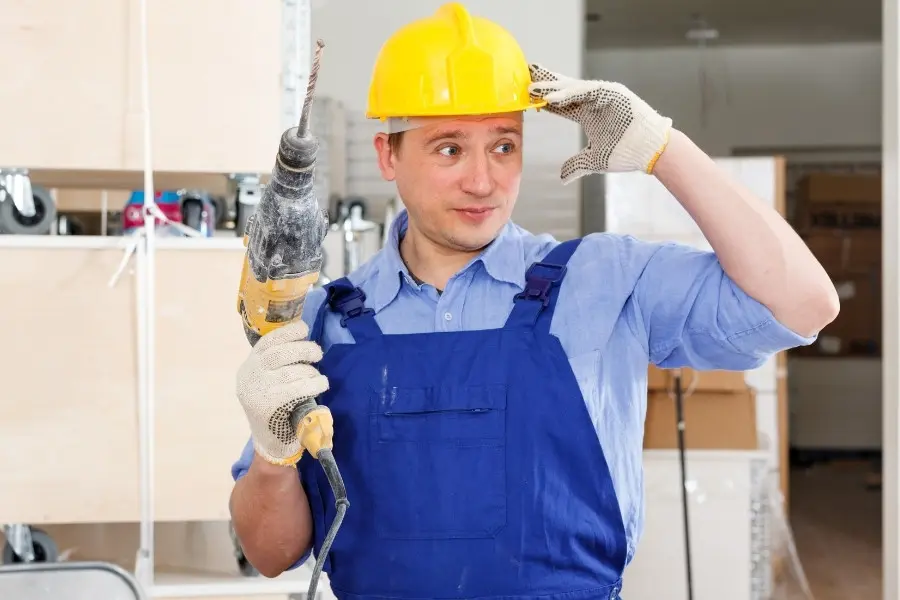
4. Prepare the Brick Dust Removing Method
Dust and noise is the major problem when drilling. You can use many methods for dust removal. There are special tools and types of equipment in the market for dust removal. So if you use any method, make sure to unload the drilling dust and particles outside.
When drilling into bricks will generate more dust than concrete or wood. Due to this reason, dust removal is an essential task. You can use these 8 DIY methods to remove dust.
5. Mark the Drilling Depth of the Brick
After you have done all steps, you should have the tool and decide how much you should drill. If there is any metal or any plumbings, the wire inside will miss. For best practice, you can mark the length of the plug or anchor by using tape.
Wrap a tape around the drill bit as you can clearly visible the depth to be drilling. You should use the same diameter plug and drill bit. Else you are unable to put the plug inside the drilled hole.
When the marked tape is reaching, you can stop the drilling process and take out the drill bit.
6. Use Proper Drilling Speed into Brick
When you are drilling, you should follow the optimum speed for the drilling. If you use too much speed, the tool and bit will be overheated easily. In order to reduce this, you should use low speed for drilling into the brick. High speed will break the tool if that is not much strength.
You should drill the brick with 300 RPM to 800 RPM, which is a low RPM for drilling hard materials. Step by step drilling will reduce the overheating of the drill bit and remove the dust without clogging inside the hole.
If you are drilling through the brick, you should reduce the drilling speed to a low value. Else next side will crack, and a large part will be removed.
7. Remove the Dust and Clean the Hole
After you drilled, you should clean the hole before mounting the plug or anchor. If there is dust remaining, the plug will not tighten properly. Due to this reason, you should clean the hole.
